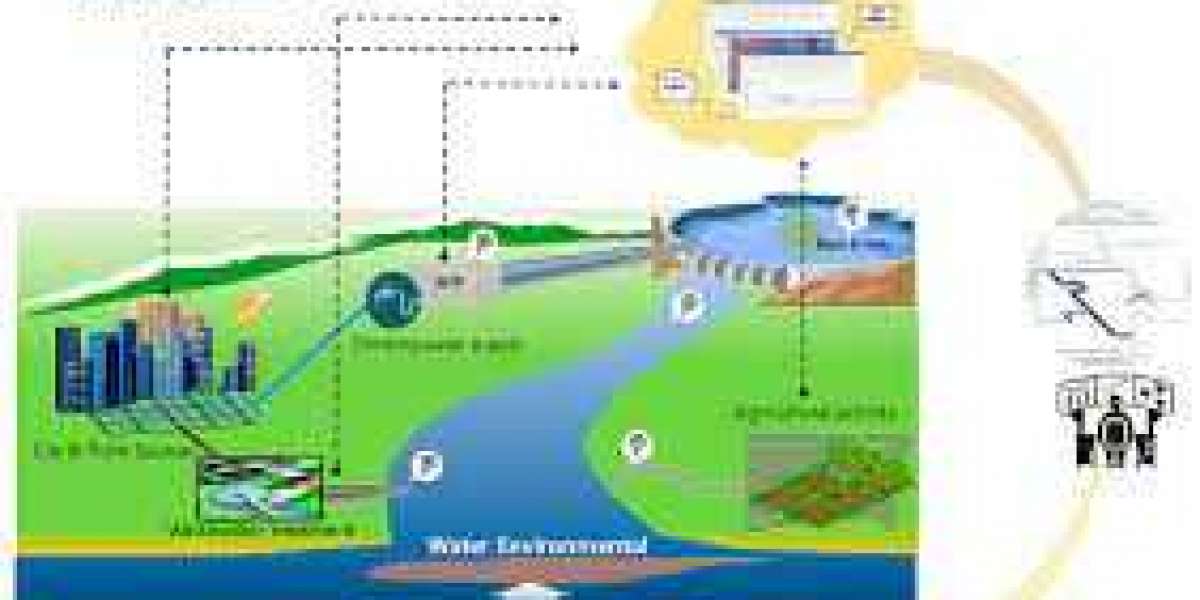Water monitoring systems are designed to measure and analyze different parameters of water quality, such as pH, temperature, dissolved oxygen, turbidity, and conductivity, to ensure that the water is safe for human consumption and aquatic life.
These systems can be used in a variety of applications, including drinking water, wastewater treatment, aquaculture, and environmental monitoring. In this article, we will explore the key components and functions of a water quality monitoring system.
Sensors
The first component of a water monitoring system is the sensors. These are electronic devices that measure different parameters of water quality, such as pH, temperature, dissolved oxygen, turbidity, and conductivity. There are various types of sensors available, and each sensor has a specific function.
pH sensors measure the acidity or alkalinity of the water. The sensor consists of a glass bulb that contains a solution of pH-sensitive chemicals. The sensor generates a voltage that is proportional to the pH level of the water.
Temperature sensors measure the temperature of the water. The sensor can be a thermistor, which measures the resistance of a material to changes in temperature, or a thermocouple, which measures the voltage generated by two dissimilar metals that are joined together.
Dissolved oxygen sensors measure the amount of oxygen that is dissolved in the water. The sensor typically uses an optical method or an electrochemical method to measure the oxygen concentration.
Turbidity sensors measure the cloudiness or haziness of the water caused by suspended particles. The sensor typically uses a light source and a detector to measure the amount of light that is scattered by the particles in the water.
Conductivity sensors measure the ability of water to conduct an electrical current. The sensor typically uses two electrodes to measure the resistance of the water to the flow of an electrical current.
Data Acquisition System
The second component of a water monitoring system is the data acquisition system (DAS). This is the system that collects and stores data from the sensors. The DAS consists of a microcontroller, analog-to-digital converters, and a memory module.
The microcontroller is the brain of the DAS, and it controls the operation of the sensors and the data collection process. The analog-to-digital converters convert the analog signals from the sensors into digital signals that can be processed by the microcontroller. The memory module stores the data that is collected by the DAS.
Data Transmission System
The third component of a water monitoring system is the data transmission system. This is the system that transmits data from the water monitoring system to a remote location, such as a control room or a cloud-based data center. There are various methods for data transmission, including wired and wireless methods. Wired methods include Ethernet, RS-232, and RS-485. Wireless methods include Wi-Fi, Bluetooth, and cellular networks.
Data Processing and Analysis System
The fourth component of a water monitoring system is the data processing and analysis system. This is the system that processes and analyzes the data that is collected by the water monitoring system. The data processing and analysis system consists of a computer, software, and algorithms. The software is used to process the data that is collected by the DAS and to generate reports on the water quality. The algorithms are used to analyze the data and to identify any anomalies or trends in the water quality.
Alarm System
The fifth component of a water monitoring system is the alarm system. This is the system that alerts operators or managers when the water quality parameters exceed the acceptable limits. The alarm system typically uses visual and audible alarms to alert operators or managers of the problem. The alarm system can also be configured to send notifications to mobile devices or email accounts.
In summary, a water monitoring system is a complex system that involves various components and functions. The sensors measure the different parameters of water quality, the DAS collects





